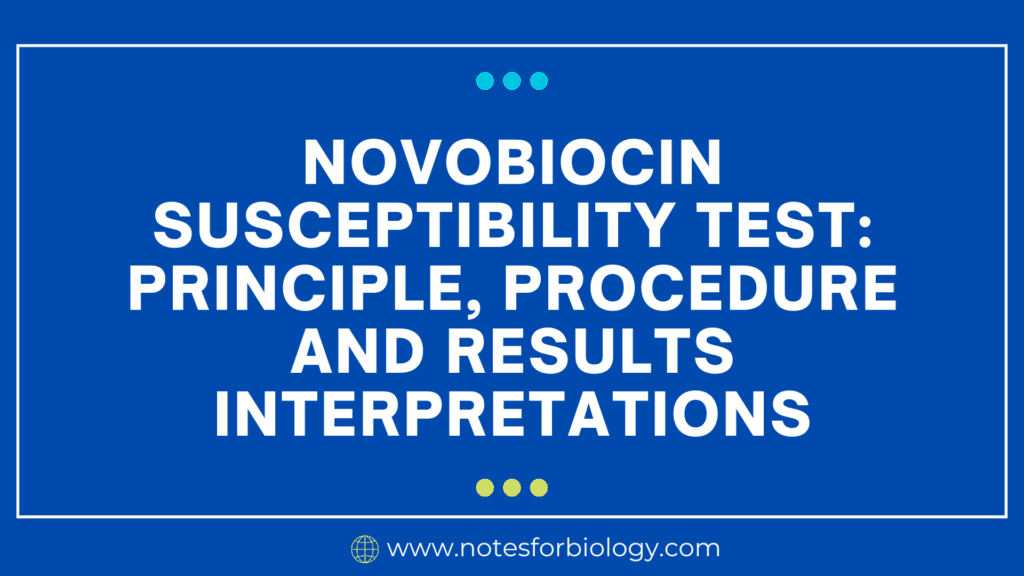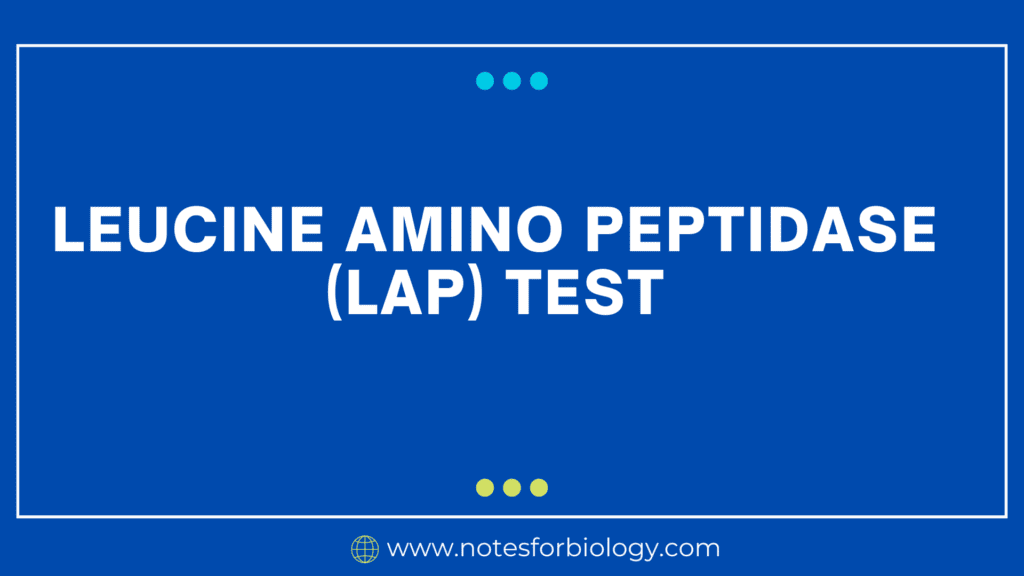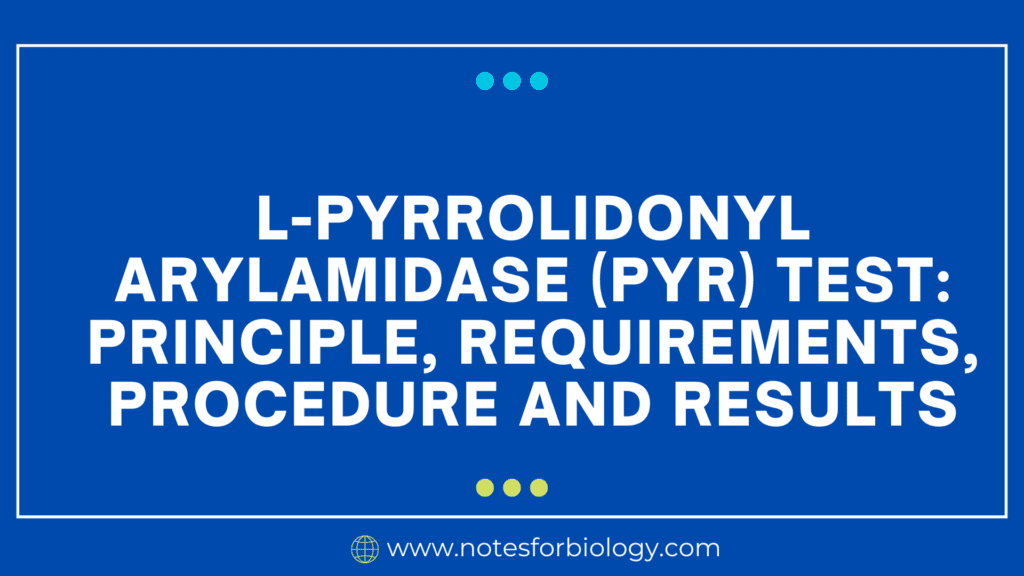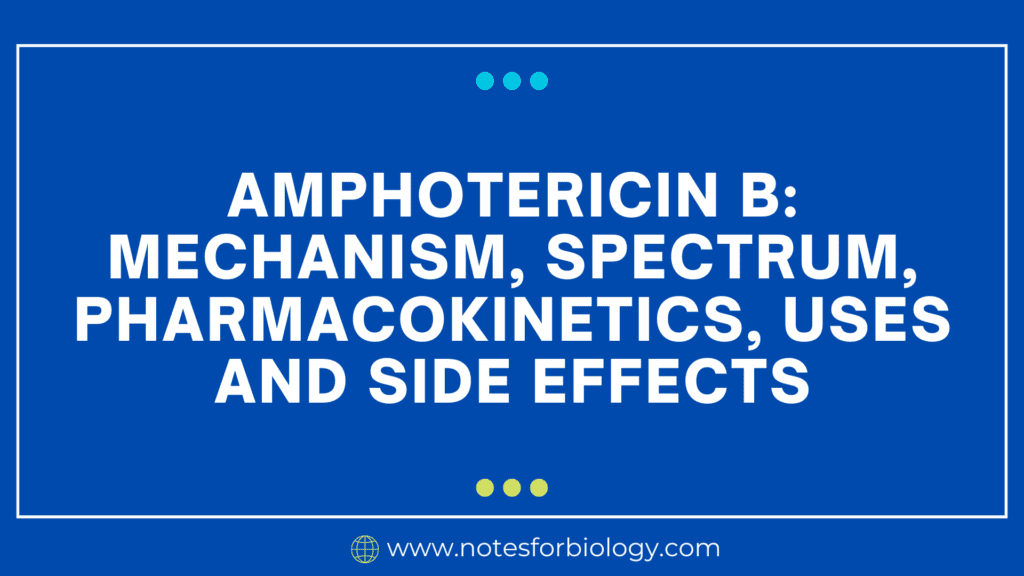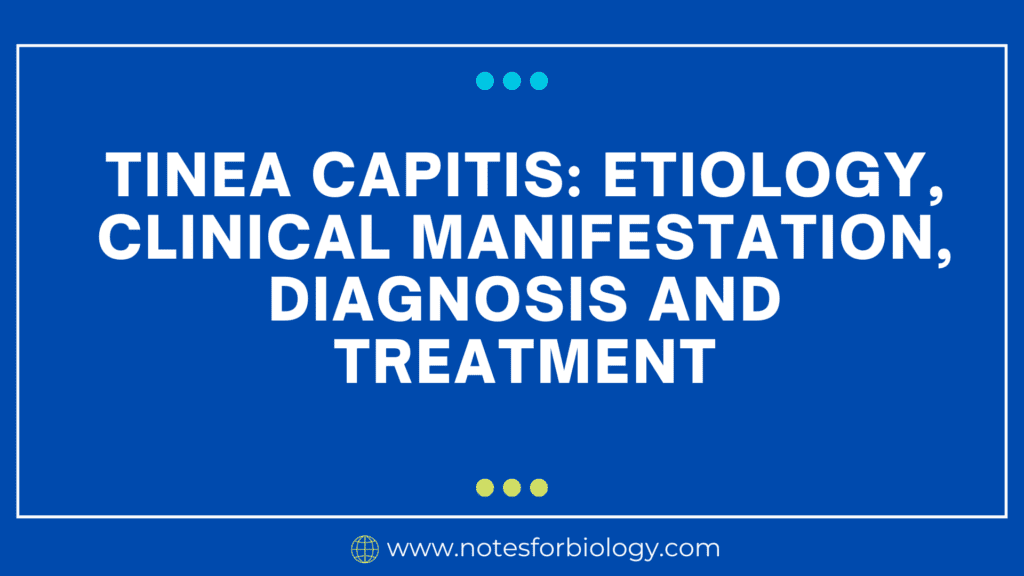Cryopreservation: Principle, Process, limitations and precautions
Cryopreservation is a powerful technique that plays a critical role in various scientific and medical fields. Many opportunities for study, medicine, agriculture, and conservation are made possible by its capacity to stop biological processes and preserve cells, tissues, and organs for lengthy periods of time. On the other hand, knowing and perfecting the underlying concepts, […]
Cryopreservation: Principle, Process, limitations and precautions Read More »




